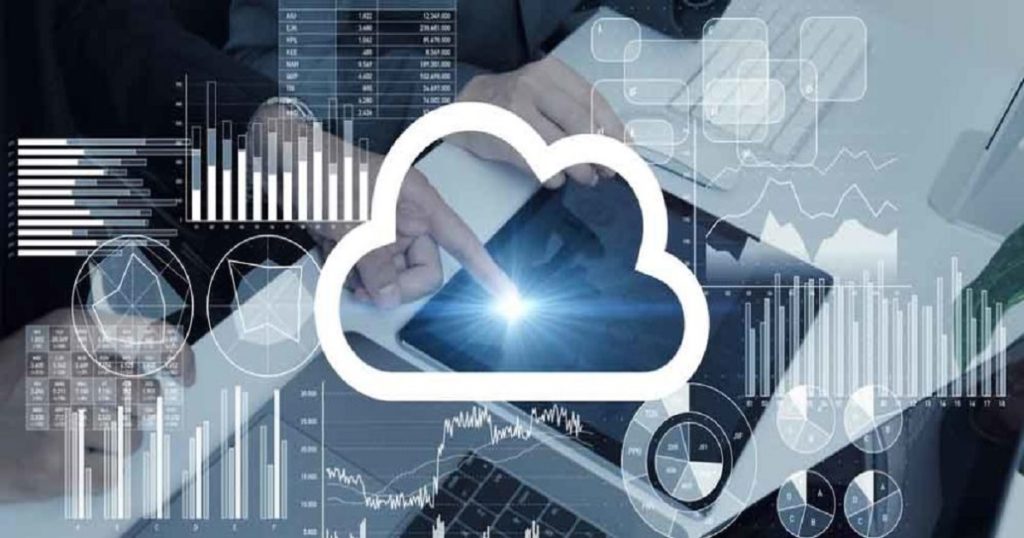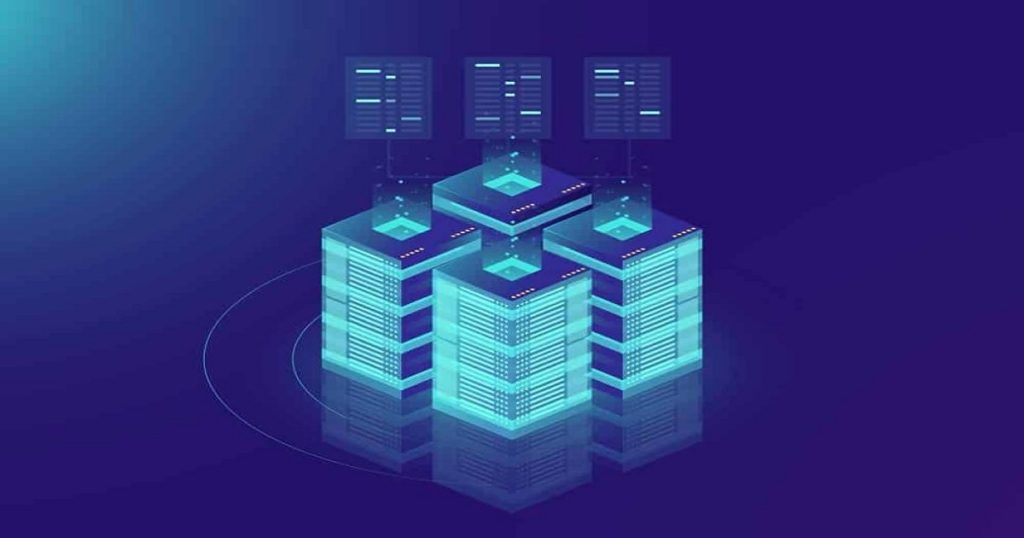The truth about transformation – the view from Pega’s VP digital automation and robotics

A recently spoke with Francis Carden, VP of digital automation and robotics at Pega. It was a lively and animated conversation in which we discussed where we’re at in terms of robotic process automation (RPA) and the much-vaunted but almost always missing outcomes of digital transformation. It’s a conversation some will find disturbing because at its heart we’re trying to understand what is driving continued interest in RPA while the digital transformation moniker continues to be plastered on (almost) every enterprise software pitch.
In my view, much of this comes down to the reality that the dream of integrated end to end processes as originally promised in the early 1990s with SAP R/3 but also aped by other vendors never truly materialized. If you buy into that you then understand why IT investments never showed through on financial results in any material way.
In order for that end-to-end dream to be reality, you’d have to believe that all systems are capable of talking to one another in a seamless fashion. That doesn’t happen in the real world and when it does, it’s often and quite rightly seen as incredibly difficult, hugely expensive and of limited value. And that’s largely because of the following.
Processes exist in all kinds of database and in all kinds of code including UIs and disparate applications. It’s also a fact that the last 20 years have seen an explosion of technology. In the RPA world alone, there are literally hundreds of offerings. So the enterprise software market is both expanding and fragmented. And nothing talks natively to anything else. It is one of the unique characteristics of software that two different developers working on the same codeline can build applications that on the surface look similar but are in fact different.
Then around 2012, along comes RPA, aided and abetted by certain analyst firms, who were suckered into believing they’d seen the Second Coming but which as most vendors will quietly admit, is really screen scraping UIs. The promise of automation, pitched as a way of removing inefficiencies using RPA looked good.
In terms that buyers will understand, RPA made promises its technology could not keep. While promising that bots would be a cure-all, it turned out that wasn’t the case. Instead of eliminating manual processes and tasks, much of what we’ve seen was really augmented manual processes. There were wins for sure but they were transient. And then along came the pandemic.











